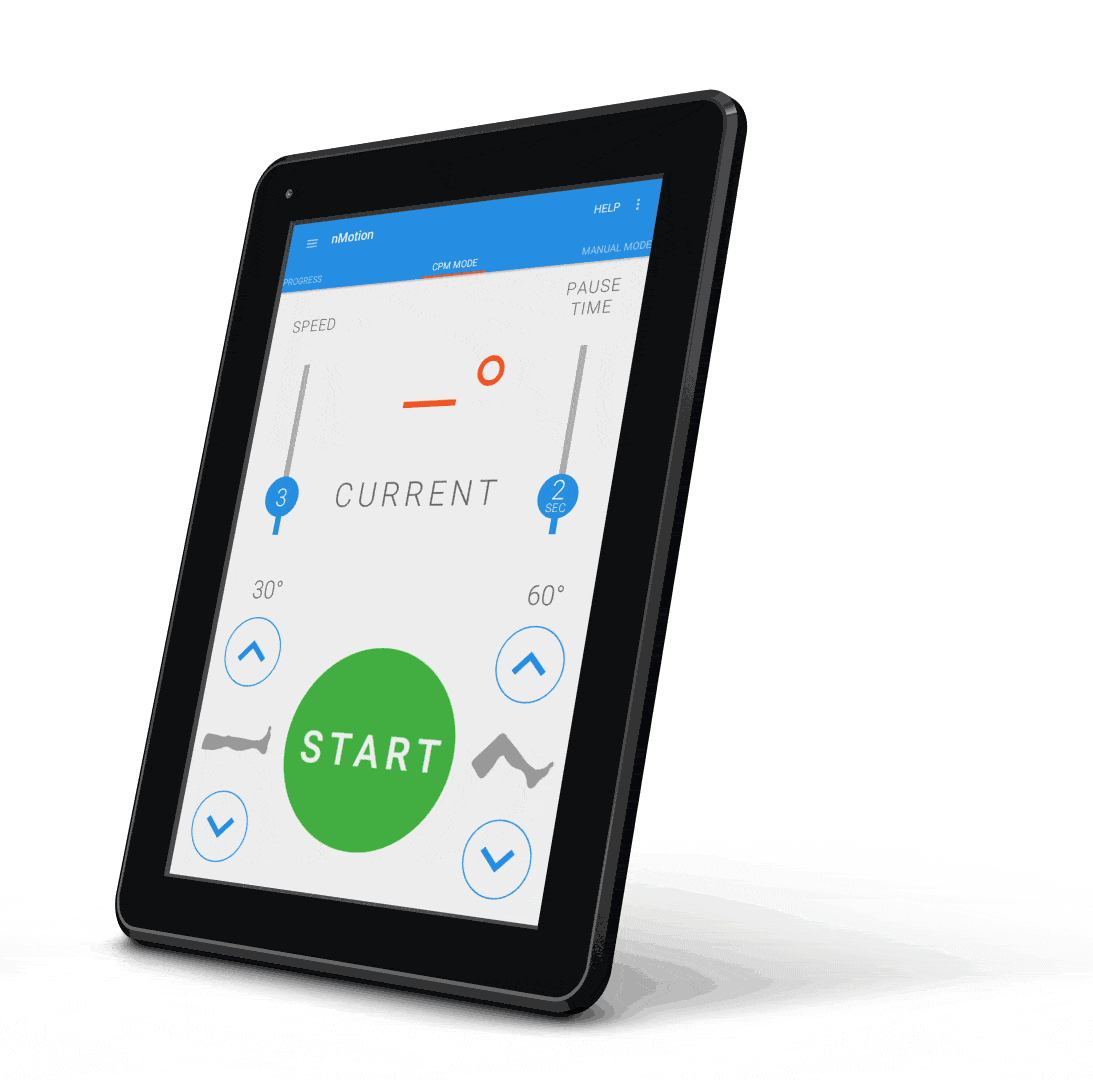Although there are many orthopedic surgeons prescribing CPM on a daily basis following TKR, there are many surgeons who do not utilize CPM in their post-operative TKR protocols as well.
The AAOS stance on CPM effectiveness is well documented and referenced, however; it was published prior to the value-based care initiatives that exist today. If you assume that passive motion plays no role in better outcomes for TKR patients, it’s time to reconsider.
Working closely with post-operative TKR patients in their homes has taught us more than any study. In the real world, most patients likely need to employ both active and passive motion, working in tandem, to achieve the best possible outcomes.
We are in the CPM business, but we don’t dispute the benefits of active motion for TKR patients. In fact, we embrace it, using passive motion as the gateway. We understand that our expectations as medical professionals may exceed what most patients are capable of immediately after surgery. After years in the field, in patients’ homes, we recognize that an active approach to passive range of motion may be the key to better outcomes and lower costs.
TKR Patients are More Deconditioned and Sedentary Before Surgery
It’s pretty simple, actually. Most TKR patients struggle to get up and move around immediately following surgery. A typical TKR patient is often sedentary before the surgery, overweight, and in poor overall health. Many of these patients have been inactive for years because of the pain and discomfort caused by the failing joint. Some have other health problems that exacerbate the situation and prohibit them from significant activity. In many cases, it is simply unrealistic to expect a post-TKR patient to move appropriately when they were not moving enough before surgery. Stiffness, pain, and even anxiety about movement may prohibit the beneficial movement they need to recover. If the surgeon prescribes an active motion regimen to a patient who can’t or won’t do the exercise, progress is delayed and outcomes are poor.
KinexConnect Redefines Post-TKR Range of Motion
KinexConnect is an interactive rehabilitation device that pairs a traditional CPM with a tablet. We think it will revolutionize post-TKR recovery. The KinexConnect makes both active and passive motion essential to successful outcomes for your TKR patients:

Today we know that compliance and utilization are essential to better outcomes. Patient compliance has never been evaluated in outdated AAOS studies.



